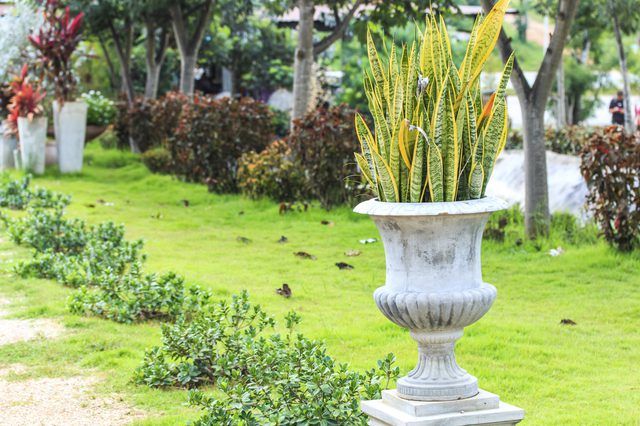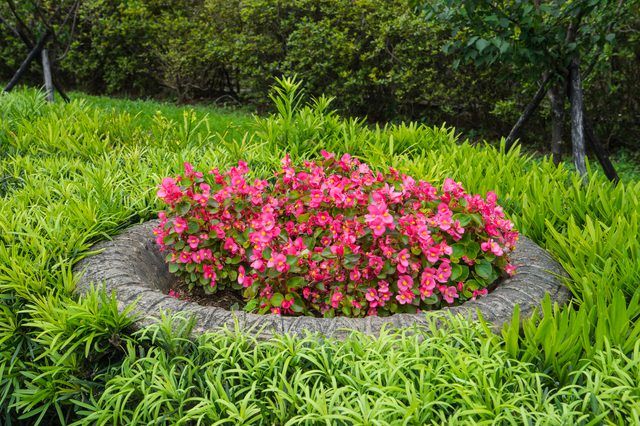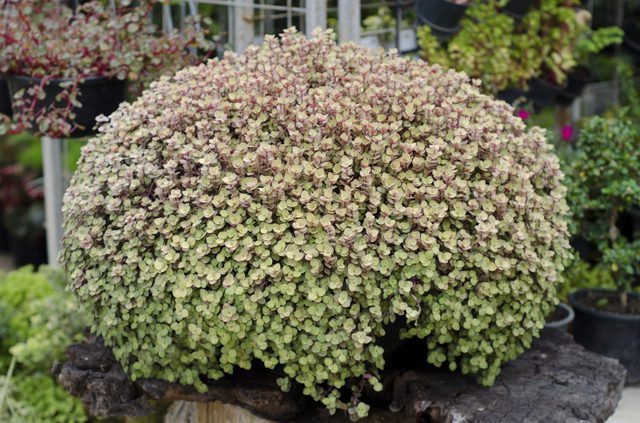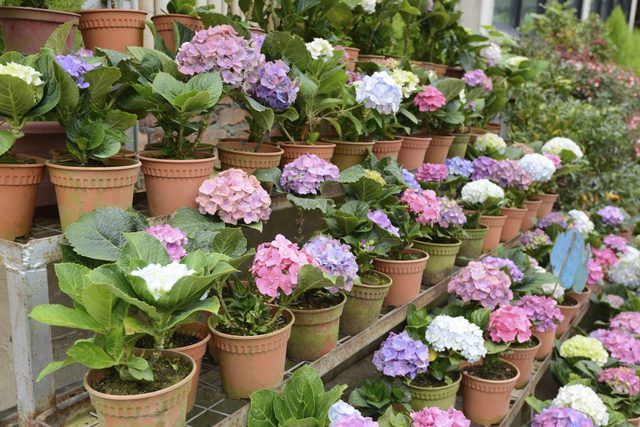Bulbs
Flower Basics
Flower Beds & Specialty Gardens
Flower Garden
Garden Furniture
Garden Gnomes
Garden Seeds
Garden Sheds
Garden Statues
Garden Tools & Supplies
Gardening Basics
Green & Organic
Groundcovers & Vines
Growing Annuals
Growing Basil
Growing Beans
Growing Berries
Growing Blueberries
Growing Cactus
Growing Corn
Growing Cotton
Growing Edibles
Growing Flowers
Growing Garlic
Growing Grapes
Growing Grass
Growing Herbs
Growing Jasmine
Growing Mint
Growing Mushrooms
Orchids
Growing Peanuts
Growing Perennials
Growing Plants
Growing Rosemary
Growing Roses
Growing Strawberries
Growing Sunflowers
Growing Thyme
Growing Tomatoes
Growing Tulips
Growing Vegetables
Herb Basics
Herb Garden
Indoor Growing
Landscaping Basics
Landscaping Patios
Landscaping Plants
Landscaping Shrubs
Landscaping Trees
Landscaping Walks & Pathways
Lawn Basics
Lawn Maintenance
Lawn Mowers
Lawn Ornaments
Lawn Planting
Lawn Tools
Outdoor Growing
Overall Landscape Planning
Pests, Weeds & Problems
Plant Basics
Rock Garden
Rose Garden
Shrubs
Soil
Specialty Gardens
Trees
Vegetable Garden
Yard Maintenance
Using Containers in Flowerbeds
Containers provide height, texture and different color accents to a flowerbed and work as focal points.
So many times, flowerbeds and container plants are separate entities of an overall landscape design: containers strategically placed on a porch or deck with lush flowerbeds scattered throughout the lawn. Containers make exceptional focal points, however, and can add irreplaceable design elements in flowerbeds when they complement other plantings and fixtures.
Using Containers
Before placing container plants in your flowerbeds, consider that:
Containers must have drainage holes in the bottom and be able to drain freely; otherwise, the plants may suffer damage.
Container plants require more frequent watering than their in-ground counterparts.
Not all plants do well in containers.
Container perennials need repotting as they grow to allow their roots enough space to grow.
Adding Height

One use for containers within a flower garden is to add height without planting a small tree or shrub in the ground. Tall containers or smaller ones placed on pedestals give you the opportunity to place plants higher.
In addition, using containers of tall plants can create a look different from tall plants in the ground. A planter of canna lilies (Canna spp.), which are winter-hardy in only U.S. Department of Agriculture plant hardiness zones 7 through 10, adds a tropical ambiance and really makes the plants the center of attention. Because of its height, a planter showcases not only canna lilies' large, colorful flowers but their massive, smooth foliage.
Adding Color

Many annual plants thrive in containers, and they are often used in decorative planters at plant nurseries and garden centers. Annuals have long been go-to plants for adding color to flowerbeds and typically are used as border or edge plants. Placing small containers strategically throughout your flowerbeds will raise annuals' flower colors a bit over their greenery and other plants, creating bursts of color where otherwise the annuals would be hidden.
Adding Texture

Although color takes center stage for most gardeners, texture is an equally important design element.
Using containers in your flowerbeds can allow you to add plants of different textures where you otherwise wouldn't see them. Plants that vine -- sometimes called trailers or spillers -- are candidates for adding texture. For example, the 'Silver Falls' cultivar of dichondra (Dichondra argentea 'Silver Falls') has silvery, fan-shaped foliage that will drape 3 to 4 feet over the side of a container, adding shimmery texture to the rest of its flowerbed. 'Silver Falls' is winter-hardy in USDA zones 10 through 12.
Mixing Plants
One of the most fundamental rules of flowerbed planning is keeping plants with like requirements together, particularly when it comes to water, soil and sun requirements. Although the sun exposure won't change from your flowerbed plants to a container in the same bed, you can adjust the soil and moisture levels in the container to include in it plants that have soil and moisture requirements different from the plants in the bed. With a container, you can add water-loving plants to a bed or rock garden that displays drought-resistant plants or add acidic soil-loving plants to a bed that otherwise features plants that need alkaline soil.

For example, many varieties of mophead hydrangeas (Hydrangea macrophylla), which are hardy in USDA zones 6 through 9, may have pink or blue blooms, depending on the pH level of their soil. If you want blue-flowering mopheads among a bed of pink ones, you're out of luck unless you use a container. Adjust the container's soil pH level to a more acidic level to get bluer flowers among your alkaline-loving pink-blooming hydrangeas.
Tip
For more container options, see Ideas for Flower Beds Along a House.